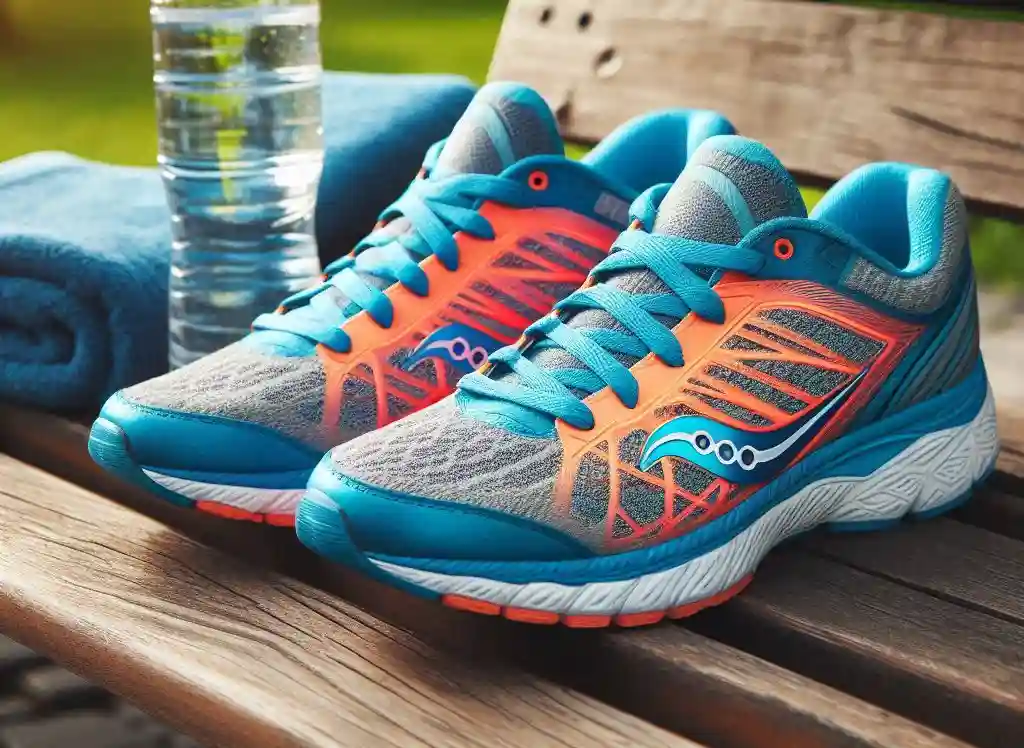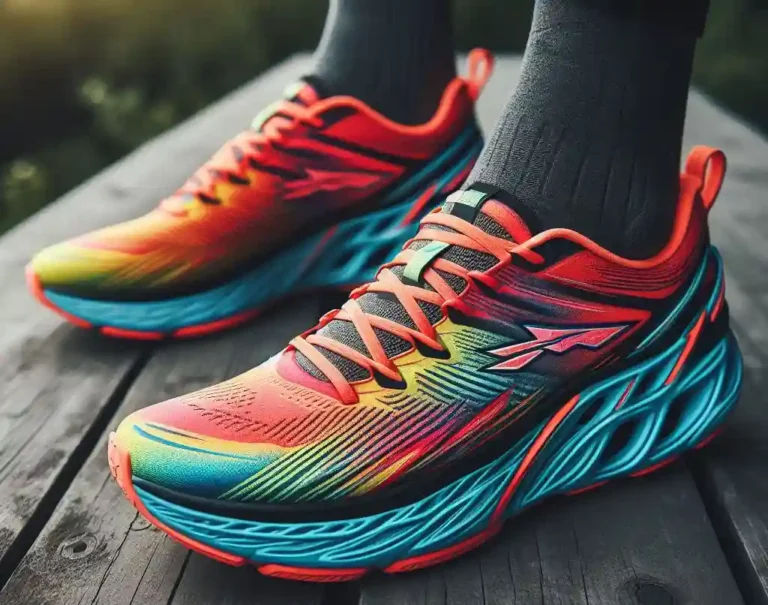Saucony vs Reebok: Choosing the Best Running Shoe
Saucony vs Reebok: When it comes to choosing the right athletic footwear, two brands that often come to mind are Saucony and Reebok.
Both have established themselves as leaders in the industry, offering a range of high-quality shoes designed to meet the unique needs of runners and fitness enthusiasts alike.
While both brands share a commitment to performance and comfort, they each bring their own unique strengths and specializations to the table.
Saucony vs Reebok: A Quick Overview
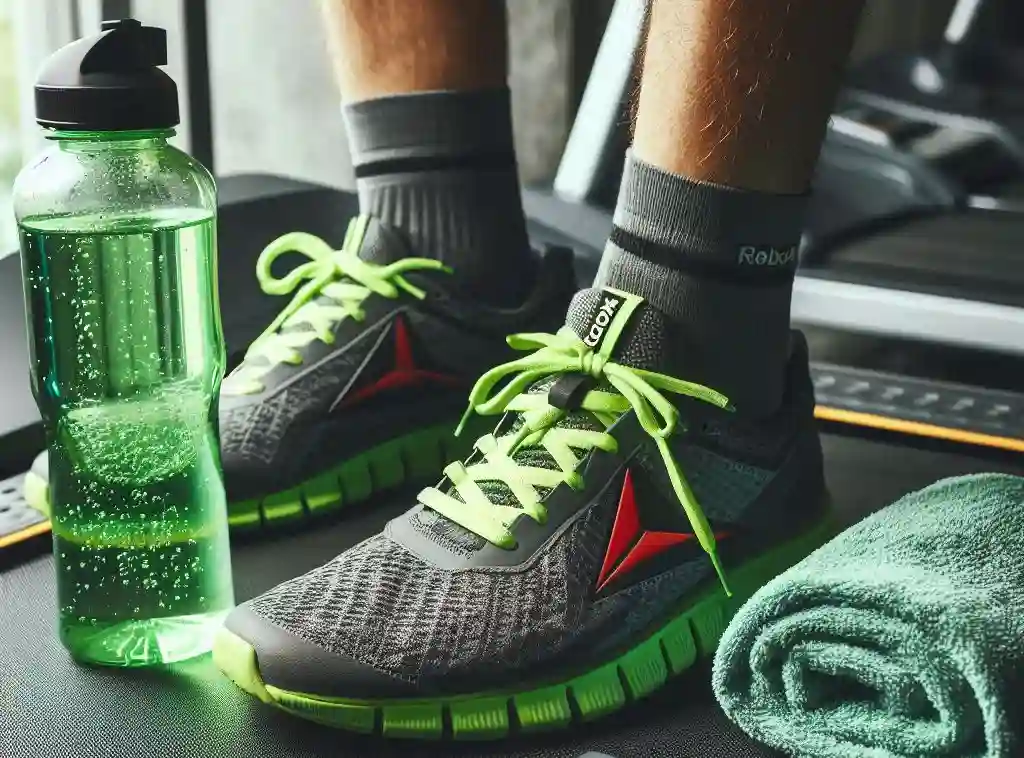
Saucony:
- Known for their high-performance running shoes with a focus on comfort, support, and durability
- Offers a wide range of models catering to different running styles, distances, and terrain
- Popular among serious runners and marathon enthusiasts
- Typically priced in the premium range ($80-$160)
Reebok:
- Focuses on cross-fit, fitness, and lifestyle shoes with an emphasis on versatility and affordability
- Offers a variety of models suitable for different fitness activities, from running to CrossFit and yoga
- Popular among fitness enthusiasts and those who prioritize comfort and style
- Typically priced in the affordable to mid-range ($40-$100)
Cushioning and Comfort: Which Brand Offers Better Comfort?
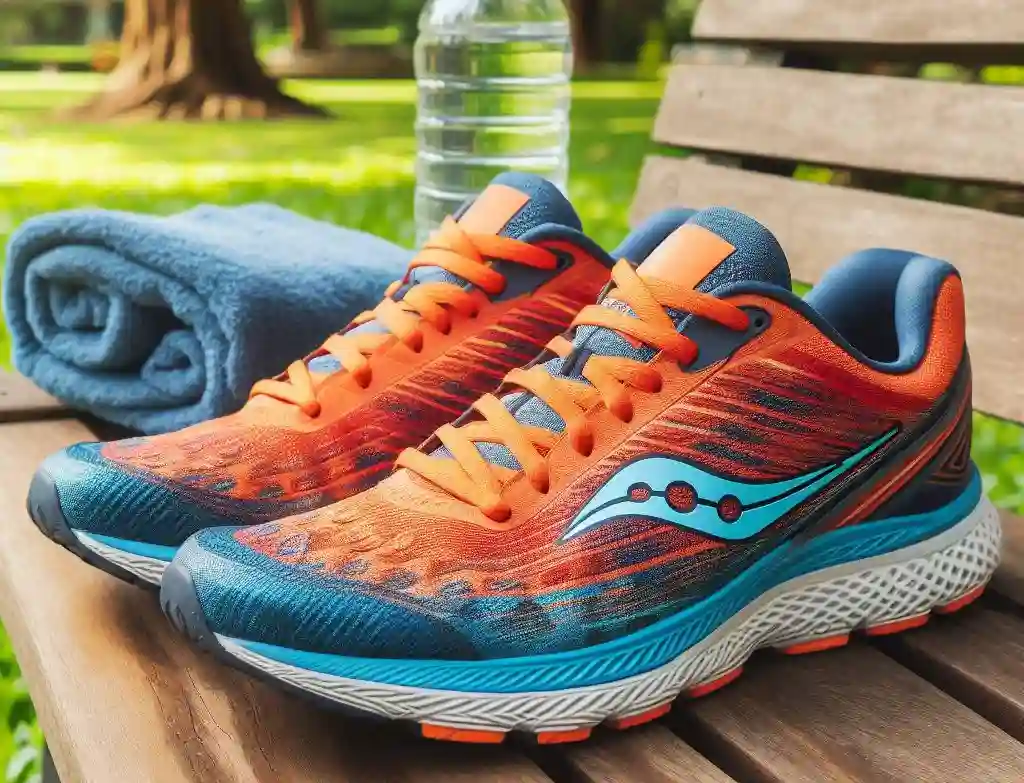
Cushioning
- Saucony: Known for their PWRTRAC technology, which provides a smooth heel-to-toe transition and superior cushioning. Their EVERUN topsole material adds extra comfort and durability.
- Reebok: Features a CORDURA yarn that provides a soft, flexible, and breathable upper. Their Floatride technology offers a lightweight and cushioned ride.
Comfort
- Saucony: Offers a more substantial and supportive ride, making them a great choice for runners with high arches or plantar fasciitis. Their shoes often feature a more substantial heel-to-toe offset, which can be beneficial for runners who need extra support.
- Reebok: Provides a more minimalist and flexible ride, making them suitable for runners who prefer a more natural stride. Their shoes often feature a lower heel-to-toe offset, which can be beneficial for runners who need less support.
Verdict
- If you prioritize superior cushioning and support, Saucony might be the better choice.
- If you prefer a more minimalist and flexible ride, Reebok could be the way to go.
Support and Stability: Which Shoe Reigns Supreme?
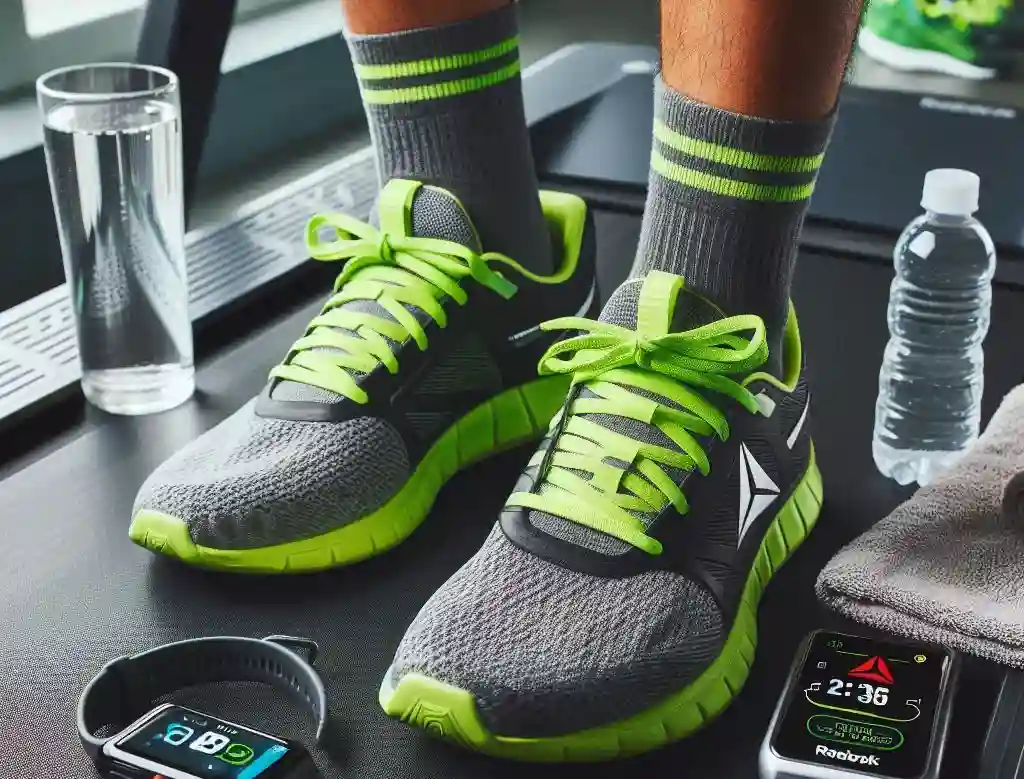
Support
- Saucony: Offers a more substantial and supportive ride, making them a great choice for runners with high arches or plantar fasciitis. Their shoes often feature a more substantial heel counter and a supportive midfoot section.
- Reebok: Provides a more minimalist and flexible ride, making them suitable for runners who prefer a more natural stride. Their shoes often feature a lower heel counter and a more relaxed midfoot section.
Stability
- Saucony: Features a more substantial and supportive midsole, which provides excellent stability for runners with moderate to severe overpronation or supination.
- Reebok: Offers a more neutral and flexible midsole, which provides a smooth ride but may not offer the same level of stability as Saucony.
Verdict
- If you need superior support and stability, Saucony might be the better choice, especially for runners with high arches or plantar fasciitis.
- If you prefer a more natural and flexible ride, Reebok could be the way to go, but keep in mind that they may not offer the same level of stability as Saucony.
Traction and Grip: Which Shoe Stack Up for Hiking?

Traction
- Saucony: Features a more aggressive outsole design with deeper lugs, providing excellent traction on various terrain, including trails, mud, and snow.
- Reebok: Offers a more versatile outsole design with a balance of traction and flexibility, suitable for running on roads, tracks, and light trails.
Grip
- Saucony: Provides a more substantial and grippy outsole material, offering excellent grip on wet and slippery surfaces.
- Reebok: Features a more flexible and adaptable outsole material, providing a smooth ride on roads and tracks, but may not offer the same level of grip as Saucony on wet and slippery surfaces.
Hiking Performance
- Saucony: Offers a more rugged and aggressive outsole design, making them a great choice for hiking and trail running.
- Reebok: Provides a more versatile and adaptable outsole design, suitable for running on roads and tracks, but may not be the best choice for hiking and trail running.
Verdict
- If you prioritize traction and grip for hiking and trail running, Saucony might be the better choice.
- If you prefer a more versatile and adaptable shoe for running on roads and tracks, Reebok could be the way to go.
Weight and Responsiveness: The Verdict Both The Shoes

Weight
- Saucony: Generally heavier due to their more substantial and supportive design, with an average weight of 10-12 oz (280-340g) for men’s shoes and 8-10 oz (225-280g) for women’s shoes.
- Reebok: Typically lighter due to their more minimalist and flexible design, with an average weight of 8-10 oz (225-280g) for men’s shoes and 6-8 oz (170-225g) for women’s shoes.
Responsiveness
- Saucony: Offers a more responsive ride due to their PWRTRAC technology, which provides a smooth heel-to-toe transition and superior cushioning.
- Reebok: Provides a more flexible and adaptable ride, allowing for a more natural stride and a quicker response to changes in pace.
Verdict
- If you prioritize a more responsive and cushioned ride, Saucony might be the better choice.
- If you prefer a lighter and more flexible shoe with a more natural stride, Reebok could be the way to go.
Ultimate Verdict
- Saucony is ideal for runners who need superior support, cushioning, and traction, and are willing to sacrifice some weight and flexibility.
- Reebok is perfect for runners who prioritize a lightweight, flexible, and adaptable ride, and are willing to compromise on support and traction.
Breathability and Ventilation: Keeping Your Feet Cool and Dry
Breathability
- Saucony: Features a breathable mesh upper with strategic ventilation zones to provide airflow and moisture management.
- Reebok: Offers a lightweight and breathable upper with a focus on ventilation and airflow, keeping feet cool and dry.
Ventilation
- Saucony: Incorporates a breathable tongue and collar to enhance ventilation and reduce moisture buildup.
- Reebok: Features a ventilated midfoot and forefoot to provide additional airflow and breathability.
Moisture Management
- Saucony: Uses a moisture-wicking lining to keep feet dry and comfortable.
- Reebok: Incorporates a sweat-wicking lining to manage moisture and reduce blisters.
Verdict
- Both Saucony and Reebok prioritize breathability and ventilation, but Saucony’s moisture-wicking lining and breathable tongue and collar give it a slight edge in terms of moisture management.
- If you prioritize keeping your feet cool and dry, Saucony might be the better choice.
- If you prefer a lightweight and breathable shoe with a focus on ventilation, Reebok could be the way to go.
Durability and Longevity: Which Shoe Will Last Longer?
Materials
- Saucony: Uses high-quality, durable materials that can withstand heavy use, including premium mesh, synthetic materials, and durable rubber outsoles.
- Reebok: Features a mix of durable and lightweight materials, including breathable mesh, synthetic materials, and rubber outsoles.
Construction
- Saucony: Built with a focus on durability, with a more substantial and supportive design that can withstand heavy use.
- Reebok: Constructed with a focus on flexibility and adaptability, with a more minimalist design that prioritizes comfort and performance.
Outsole Durability
- Saucony: Features a more durable outsole with deeper lugs, providing better traction and longer lifespan.
- Reebok: Has a more flexible outsole with shallower lugs, which can be more prone to wear and tear.
Longevity
- Saucony: Generally lasts longer, with an average lifespan of 300-500 miles or 6-12 months, depending on usage.
- Reebok: Has a shorter lifespan, with an average lifespan of 200-300 miles or 3-6 months, depending on usage.
Verdict
- If you prioritize durability and longevity, Saucony might be the better choice, with its more durable materials, construction, and outsole.
- If you prefer a lightweight and flexible shoe with a focus on comfort and performance, Reebok could be the way to go, but be prepared for a shorter lifespan.
Style and Aesthetics: Which Shoe Looks and Feels Better?
Design
- Saucony: Features a more aggressive and angular design, with a focus on performance and functionality.
- Reebok: Offers a more sleek and modern design, with a focus on style and aesthetics.
Color Options
- Saucony: Typically offers a more limited color palette, with a focus on bold and bright colors.
- Reebok: Provides a wider range of color options, including more subtle and neutral tones.
Upper Material
- Saucony: Often features a more substantial and durable upper material, such as mesh or synthetic materials.
- Reebok: Typically uses a lighter and more breathable upper material, such as mesh or knit.
Comfort and Fit
- Saucony: Provides a more substantial and supportive fit, with a focus on performance and comfort.
- Reebok: Offers a more relaxed and comfortable fit, with a focus on casual wear and everyday use.
Verdict
- If you prioritize a more aggressive and performance-driven design, Saucony might be the better choice.
- If you prefer a more modern and stylish design with a focus on comfort and casual wear, Reebok could be the way to go.
Ultimate Verdict
- Saucony is ideal for runners who prioritize performance and functionality, and are willing to sacrifice some style and aesthetics.
- Reebok is perfect for those who want a stylish and comfortable shoe that can keep up with their active lifestyle.
The Final Step: Which Shoe Reigns Supreme in Our Head-to-Head Comparison?
Saucony
- Superior support and stability
- Better cushioning and comfort
- Aggressive traction and grip
- More durable and long-lasting
- Better for runners with high arches or plantar fasciitis
Reebok
- Lighter and more flexible
- More breathable and ventilated
- Better for casual wear and everyday use
- More stylish and modern design
- More affordable price point
Ultimate Verdict
- If you prioritize performance, support, and durability, Saucony is the better choice.
- If you prefer a lightweight, flexible, and stylish shoe for casual wear, Reebok is the way to go.
FAQs
Q: Which brand is better for running?
A: Saucony is generally considered a better brand for running due to its superior support, cushioning, and traction.
Q: Which brand is more comfortable?
A: Both brands offer comfortable shoes, but Saucony is known for its more substantial and supportive design, while Reebok is known for its lightweight and flexible design.
Q: Which brand is more durable?
A: Saucony shoes are generally more durable and long-lasting due to their more substantial materials and construction.
Q: Which brand is more stylish?
A: Reebok is known for its more modern and stylish design, while Saucony is known for its more functional and performance-driven design.
Q: Which brand is more affordable?
A: Reebok shoes are generally more affordable than Saucony shoes, especially for casual wear and everyday use.
Q: Can I wear Saucony shoes for casual wear?
A: Yes, Saucony shoes can be worn for casual wear, but they may be more bulky and less stylish than Reebok shoes.
Q: Can I wear Reebok shoes for running?
A: Yes, Reebok shoes can be worn for running, but they may not provide the same level of support and cushioning as Saucony shoes.

Mia Smith is the founder of Shoe Storyteller, a blog that celebrates the art and stories behind shoes. With a passion for fashion and a flair for storytelling, Mia brings a unique perspective to the world of footwear.

